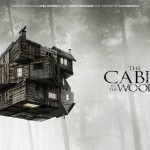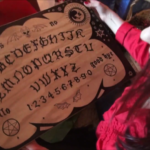Review by Chris Rennirt
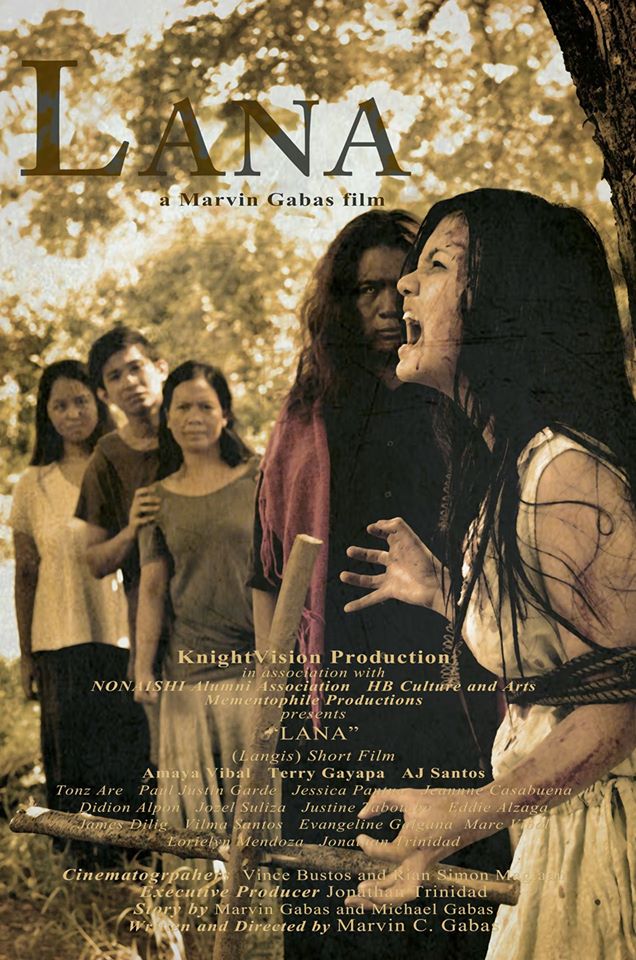
“Beautifully-filmed, LANA is a solid, fresh entry in the genre of folklore horror!” ~ Chris Rennirt
I absolutely love a good horror film based on centuries-old folklore and superstition! When done right, the richness of myth and legends become tangible realities–gritty, more than merely imagined. When done well, they bring to life the passion of ancestors before us, and, sometimes, the horrors of their beliefs. When done well, we feel the terror, as well as an ancient believer, even on our sofas, safe at home. The realities of sacrifice and rituals are terrifying, ever more with normalcy and acceptance. With this, superstitions come alive, and primal fears are fresh. LANA is just such a well-done folktale horror film, written and directed by Marvin Gabas (also known for the award-winning horror short Tutop, aka Covered Candor).
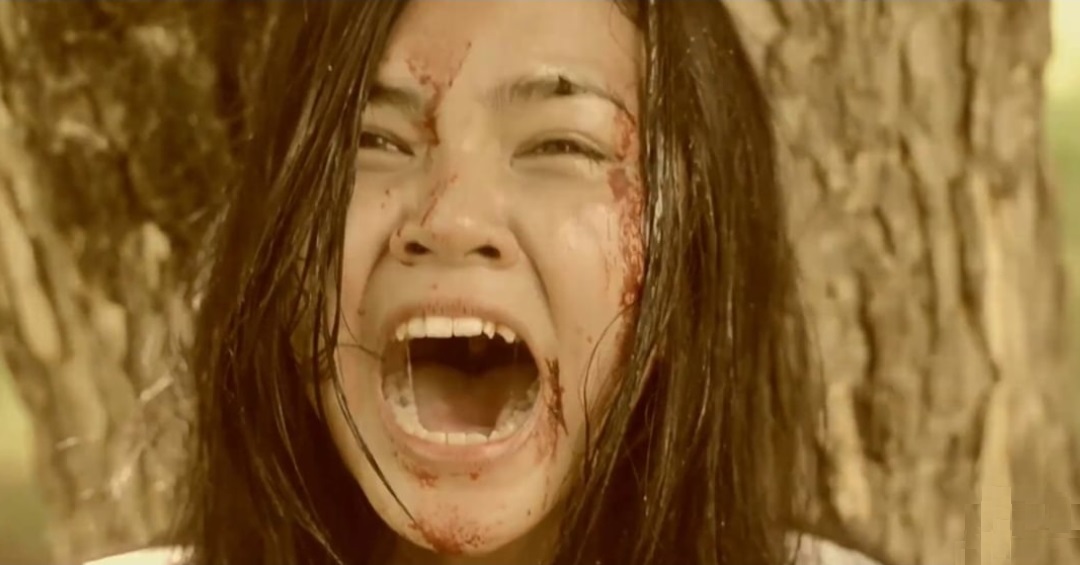
Amaya Vibal (as Corazon), truly putting emotion in horror!
What is LANA? It is a word from Hilagaynon (a language of the Philippines), translating to “oil” in English. How does lana (oil) connect to the movie? In talking to writer/director Marvin Gabas, I learned that oil and prayers are essential parts of Hiligaynon folklore and rituals. Connecting with that is the story of Corazon–a mentally-disturbed girl–or so she seems. Being out of control, she is restrained by the townspeople, at the request of her mother. What follows is a Hiligaynon ritual, yes, complete with use of oils and prayers. The extremes of the ritual, along with its terrifying purpose and consequences, make LANA a solid, blood-soaked entry in the genre of cultural horror. Is Corazon simply a mentally-disturbed young girl? Or is she, perhaps, something more sinister, more supernatural, more demonic? Even if death is the result, we’ll certainly find out. Corazon (meaning “heart” in Spanish) foreshadows LANA‘s terrifying climax, with a bonus of retrospective reference and meaning. Although I knew the translation in the beginning, suspecting something, I was in no way prepared for the end.
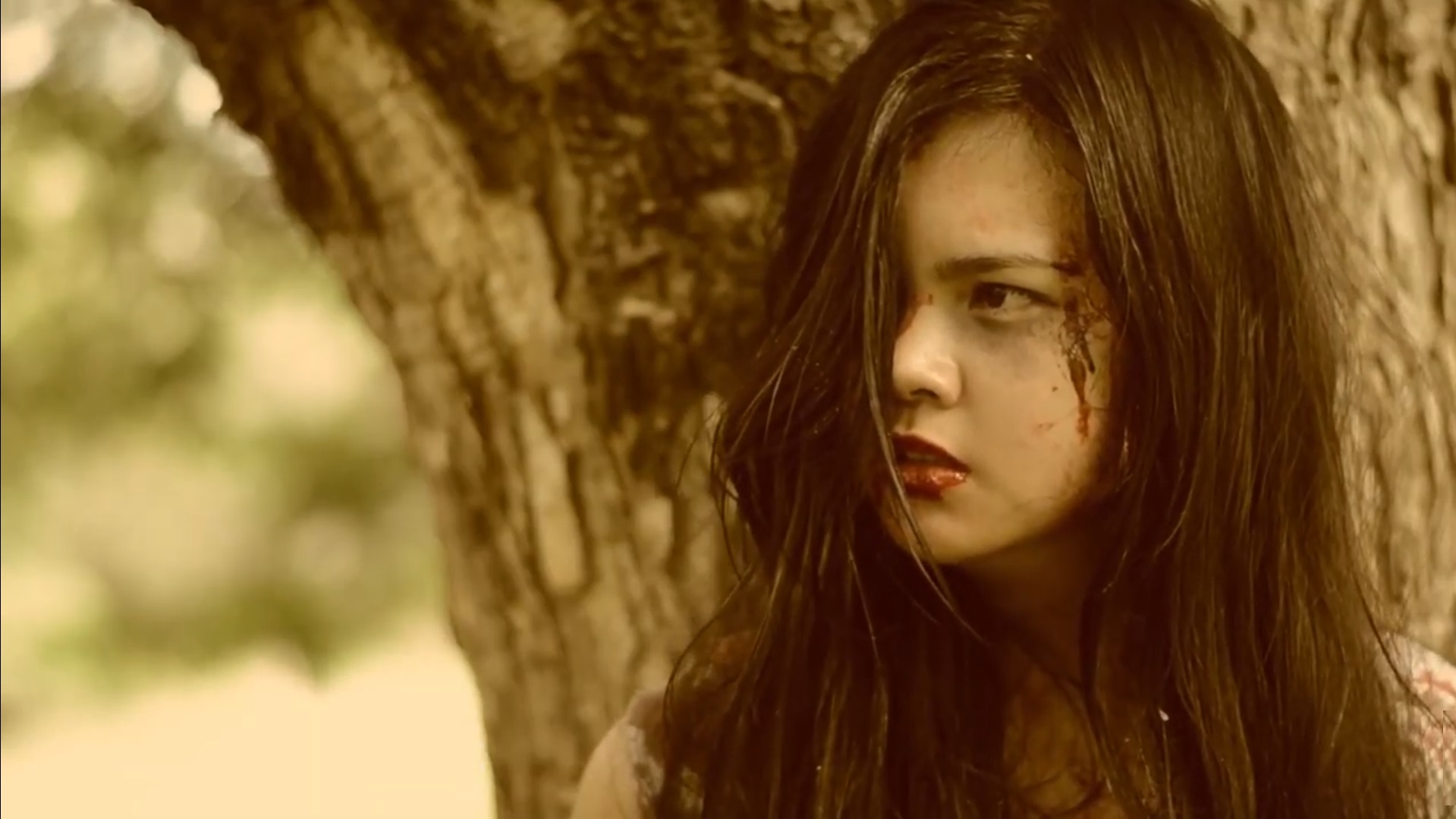
The beautiful–and yes, “sensational”–Amaya Vibal, as Corazon
In a word, Amaya Vibal is sensational! Mesmerizng and possessed with her character, she brings the visceral underpinnings of Corazon to the surface, with explosive force. In the true sense of being “sensational,” Vibal syncs with our senses and makes us part of her experience. Her beauty and youthful innocence perceived, in such a horror film, brings an added bonus–an utter contrast to the morbid grotesqueness and danger in what she may, in fact, be. Previously known for only one production I can find on IMDb–Pagpapatawad (2017)–Vibal is a force of talent to see and savor. A native of the Philippines, and well-known in her home country, she is a star for the world to see, far beyond Southeast Asia. Hollywood, take notice! Vibal oozes insanity demonically, defying beauty and innocence, perfectly; without her, LANA could never have been so effective as a film, and certainly not as horror. Vibal’s performance alone makes LANA more than worth the 28 minutes it takes to watch it! Again, of Vibal I say, “sensational!”–this time, with an exclamation mark!
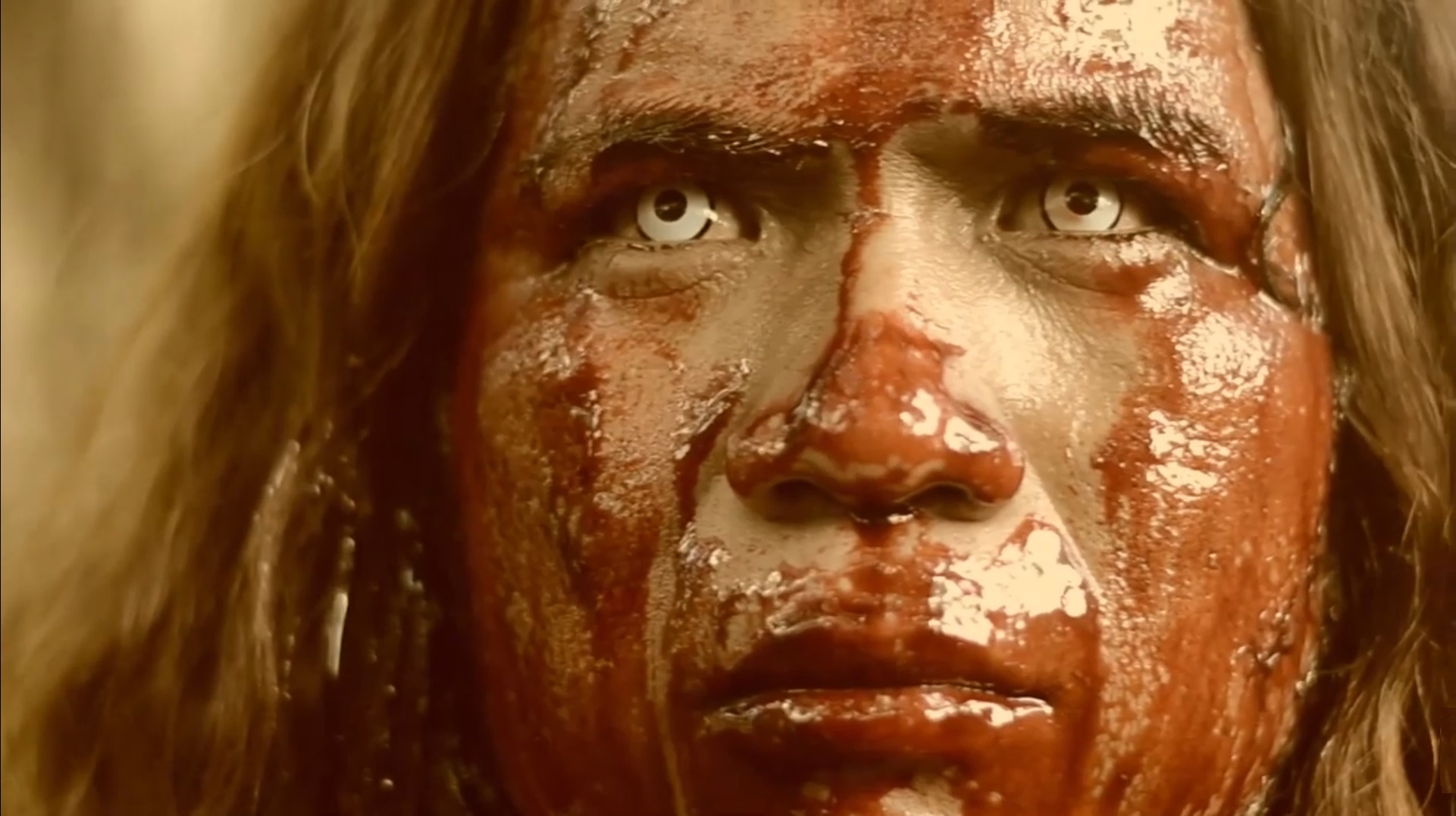
The pensive, unforgettable eyes of the town shaman, Apo Pinang (AJ Santos)
Actor (and professional makeup artist) AJ Santos is striking and unforgettable as the town shaman, Apo Pinang. Although her character is, perhaps, the expected element of supernatural stereotypes, her visual presence and impact are striking. Personifying primal beliefs and the rawness of tribalism, Santos delivers the character needed. Even with limited lines, from her comes the most memorable and telling quote of the movie: “How can you escape death, if it preys on you all the time?” Indeed, how can you?
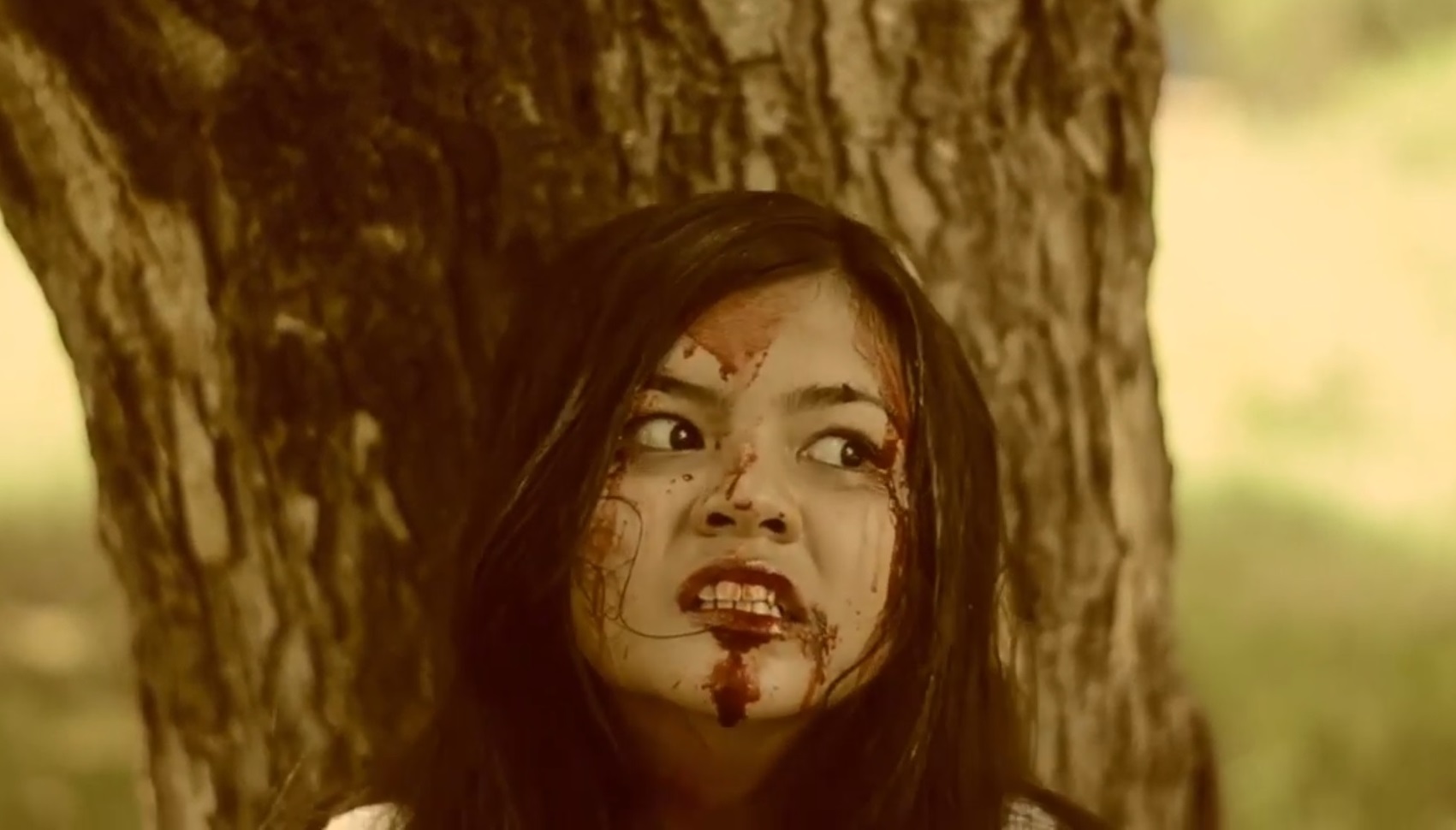
Terry Gayapa (as Corazon’s mother, Ka Simang) is also outstanding, emoting anguish and pain in seeing her daughter’s suffering, as real as anything I’ve seen in films with Hollywood budgets; Gabas’ focus on Gayapa’s face, more than once, make efficient use of her potential and the gift of expression she has to offer. Justin Paul Garde (as the brother, Kuya Kaloy) sustains believability as well; being so close to the mother in many scenes, his performance is also essential, as a compliment to hers, and for emphasis. Unlike some reviewers, I often mention the success of actors in smaller roles–those often overlooked; ultimately, they are just as important in keeping it all together, during their time on screen. Impressively, that is what every actor in LANA does, even those who serve the necessary purpose of being generic people of the town. There are no slackers here. Everyone–with the smallest to largest part–is fully invested in making their moments count, making the movie a success for all. Careful viewers look at every face…and director Marvin Gabas, indeed, counts every face in LANA, making every face one to remember.
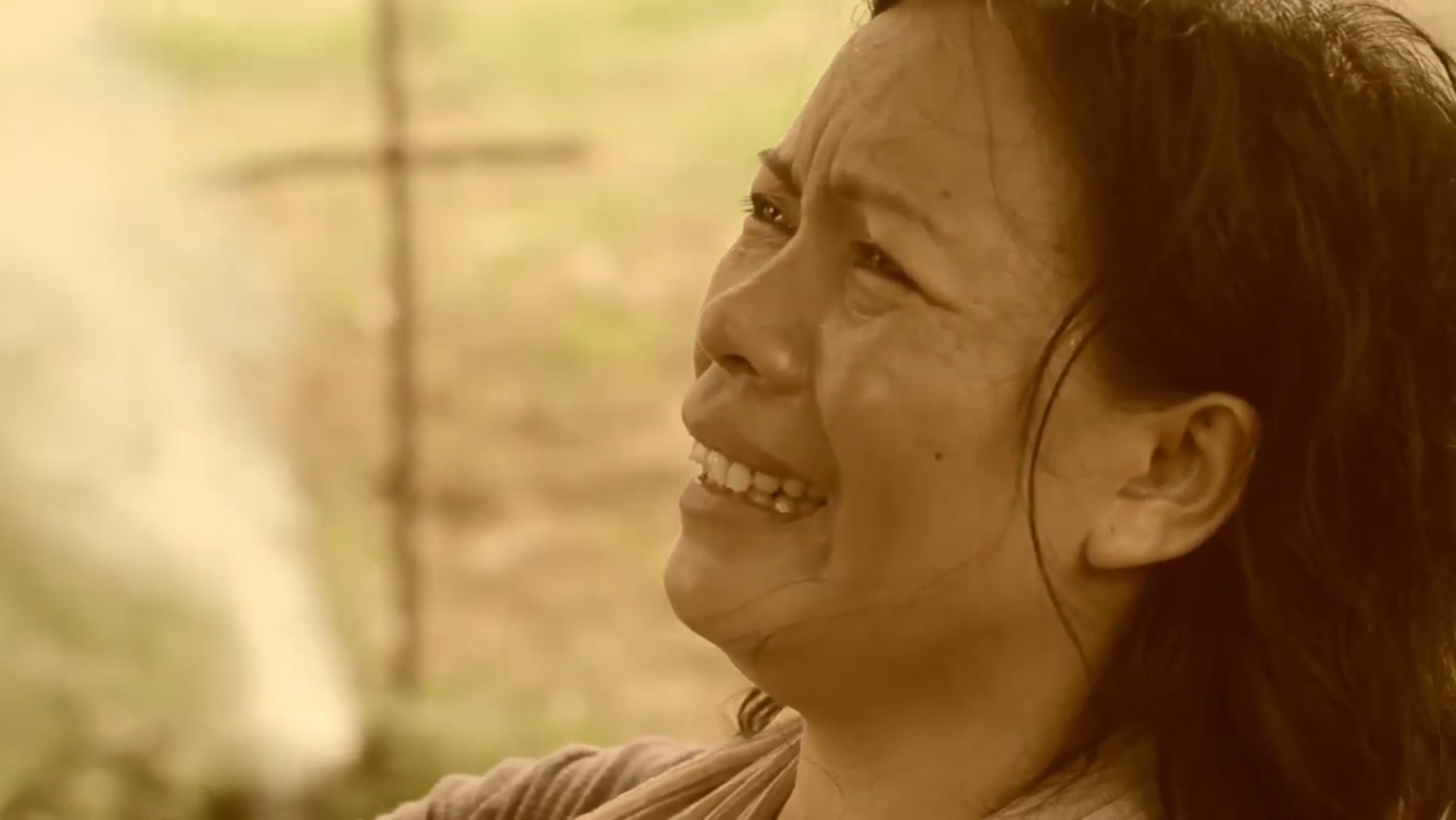
Terry Gayapa (as Corazon’s mother, Ka Simang), as believable and real as ever!
LANA is folk horror that reminds me of Ari Astor’s Midsommar. No. It copies not a single scene from Midsommar; not a single idea or concept is duplicated or mirrored. The story is totally original, reflecting a culture totally different. What LANA does, as effectively, is show us tribal rituals that are, with all their normalcy, cultural horrors just as much. Fans of the genre, according to the legend, get the fruits of sacrifice as a reward for being faithful–as viewers, as much as townsfolk! And yes, as they say, “There will be blood!”
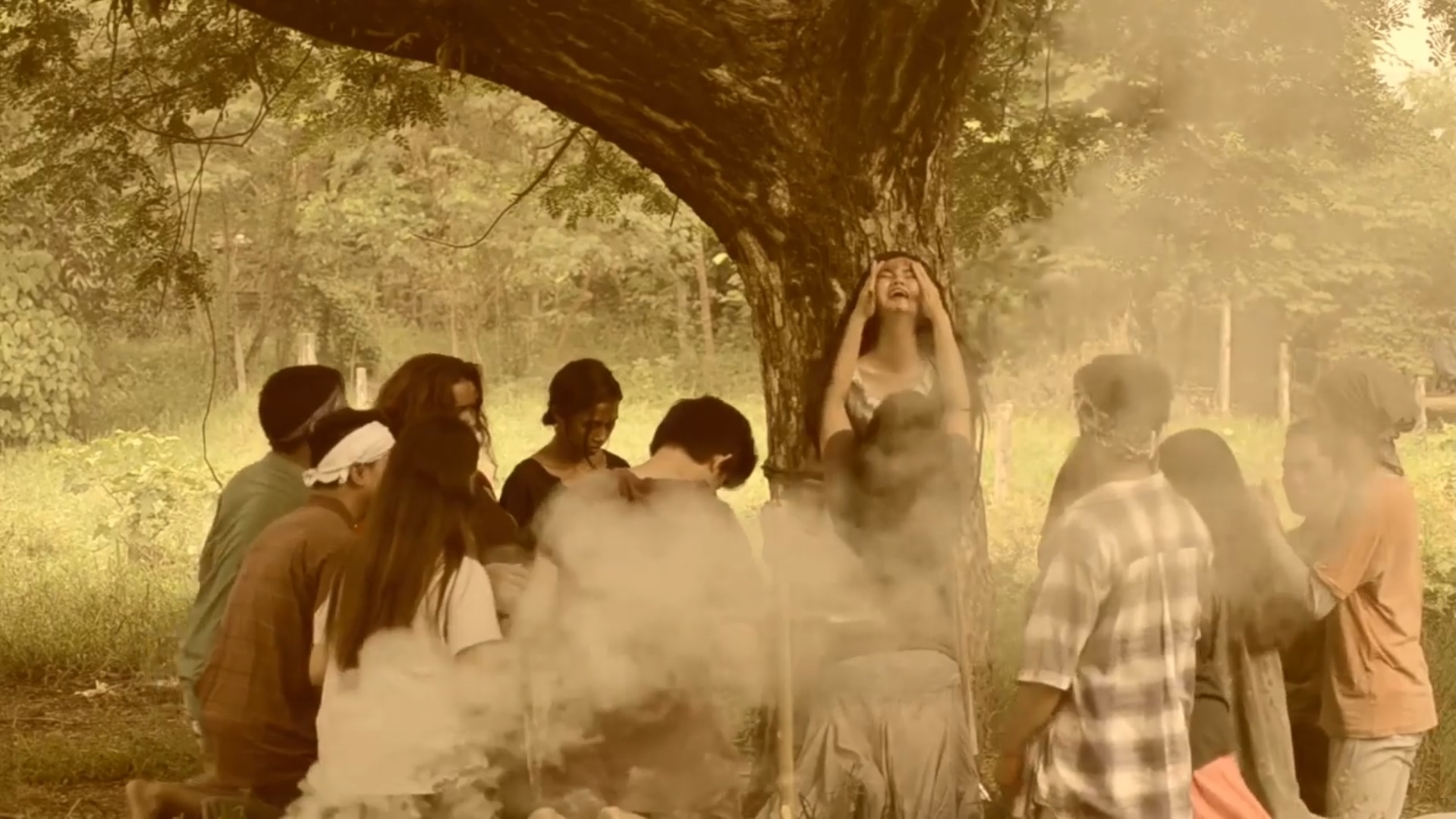
The rituals of folk horror are terrifying and abound in LANA
As I mentioned earlier, writer/director Marvin Gabas makes effective and exceptional use of closeups. Controlling our focus, he emphasizes the moment, making us intimately involved. Tight framing of human faces, lingering long enough, reveal nuances of meaning and emotion lost in less time. And perfect it is for an actresses as expressive as Amaya Vibal and Terry Gayapa, communicating so much with an expression. Closeups of objects (ritual bottles, bowls, and oils) are equally utilized, as we see more and think more about them. Gabas explodes the moments, making things bigger, more intimate than they would be otherwise…and as important as they are. Ample focus on Vibal’s face (so expressive as she is) emphasizes the aforementioned tension between extremes–beauty and perceived innocence juxtaposed with demonic insanity. Foreshadowed here are the best-felt terrors of the genre–effectively unsettling, yet deceptively disarming, saving the mystery until the end, as any good movie does.
“How can you escape death, if it preys on you all the time?”
Marvin Gabas also makes effective use of music and location to punctuate and accentuate the horror–horror either present, or lurking just ahead. Calm pastoral scenes in the native countryside, along with a score of hypnotic, lingering tones, accompany what unsettles us visually, with quietly horrific discord. As part of the motif, Gabas keeps consistency with contrast, as cinematic poetry. Ultimately, calmness and suspense interwined gives way, suddenly, to a jolting finale, musical and visual, reverberating in the mind, long after the end!
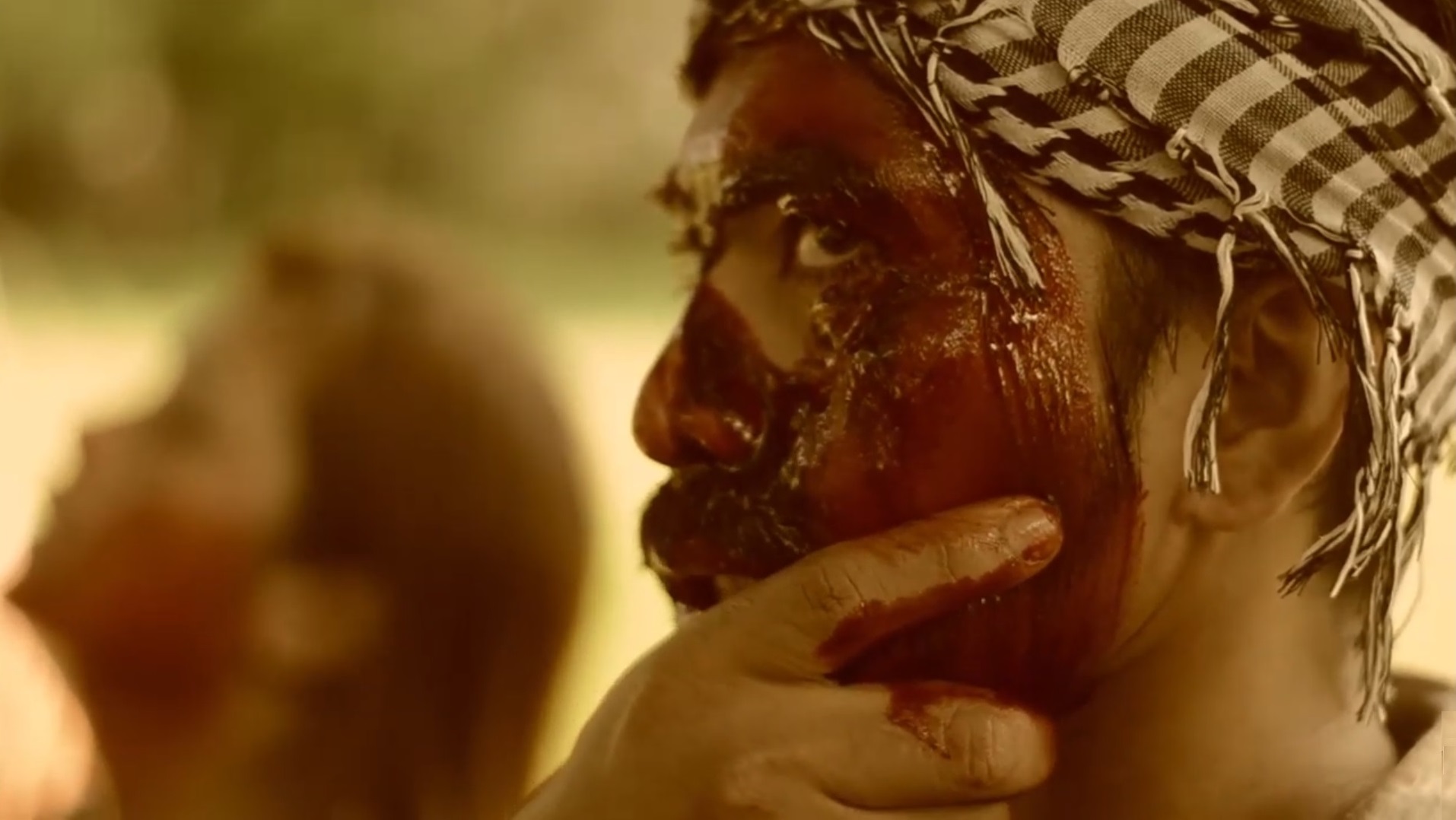
A blood-soaked member of the town participates in the ritual of LANA
LANA is in Tagalog and Hiligaynon languages, with English subtitles. What’s better is that the subtitles are on the screen long enough for viewers to easily read them, before they disappear. Yes! I know how many people (including myself) give up on foreign-language films, all because of fleeting subtitles. Don’t worry. That’s not the case here.
“If we really want you dead, we can kill you anytime!”
LANA has a very efficient running time of 28 minutes (and that’s including the credits). There is no film fat in this one. Nothing makes you feel the dreadful need to check the time, and (unless you’re already lacking sleep), you won’t be yawning. Trust me! Amaya Vibal will make sure you’re wide awake, until the last heartfelt second!
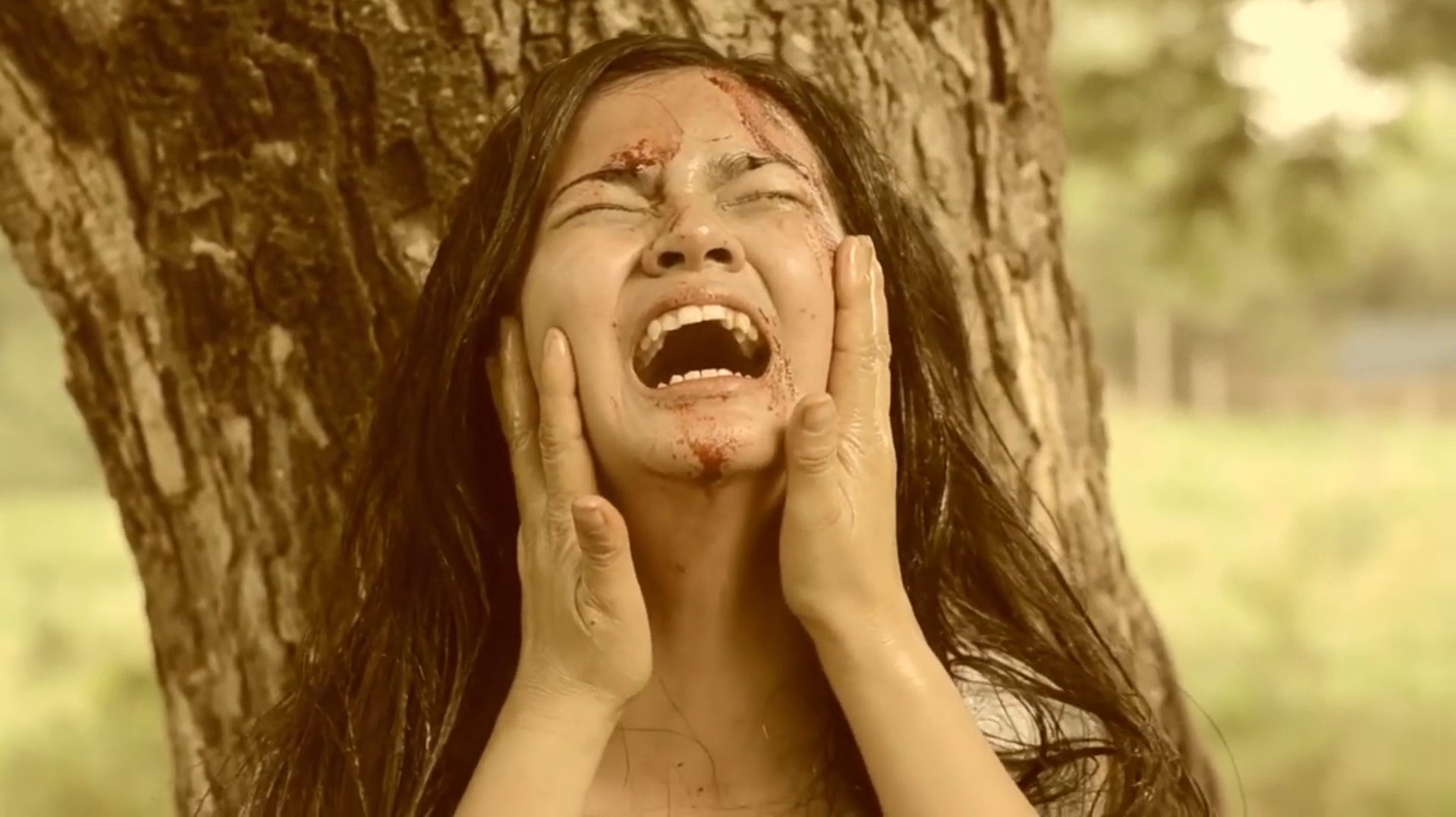
The all-important oil of the ritual is applied to Corazon (Amaya Vibal) in LANA
LANA also stars, as the all-important townspeople, Marc Vibal (as Batang Lalaki), Jeanne Casabuena (as Kaibigan ni Corazon), and Jonathan Trinidad (as Biktima), Tonz Are, Didion Alpon, Jozel Suliza, Eddie Alzaga, Justine Tabotabo, James Dilig, Jessica Pantua, Vilma Santos, Lorielyn Mendoza, and Evangeline Galgana. LANA is assistant directed by Rian Simon Magtaan, executive produced by Jonathan Trinidad, with cinematography by Dawn Bustos and Simon Magtaan, makeup by AJ Santos and Lav Salon, and edited by Marvin Gabas.
Finally, there’s something that rarely happens at the end of a review, and it’s quite a treat. You get to see the movie! Yes! After the additional screenshots and hyperlinks, there it is below, in all of it’s 28 minutes of tribal terror, supernatural scares, and folk-horror freshness! At Space Jockey Reviews, that’s what we call fun, fun, fun. Enjoy!
Follow the “sensational” Amaya Vibal (@amayavibal) on Facebook!
For all the best in filmmaking, follow writer/director Marvin Gabas on Facebook!
“Like” KnightVision Productions on Facebook!
Follow award-winning makeup artist AJ Santos on Facebook!

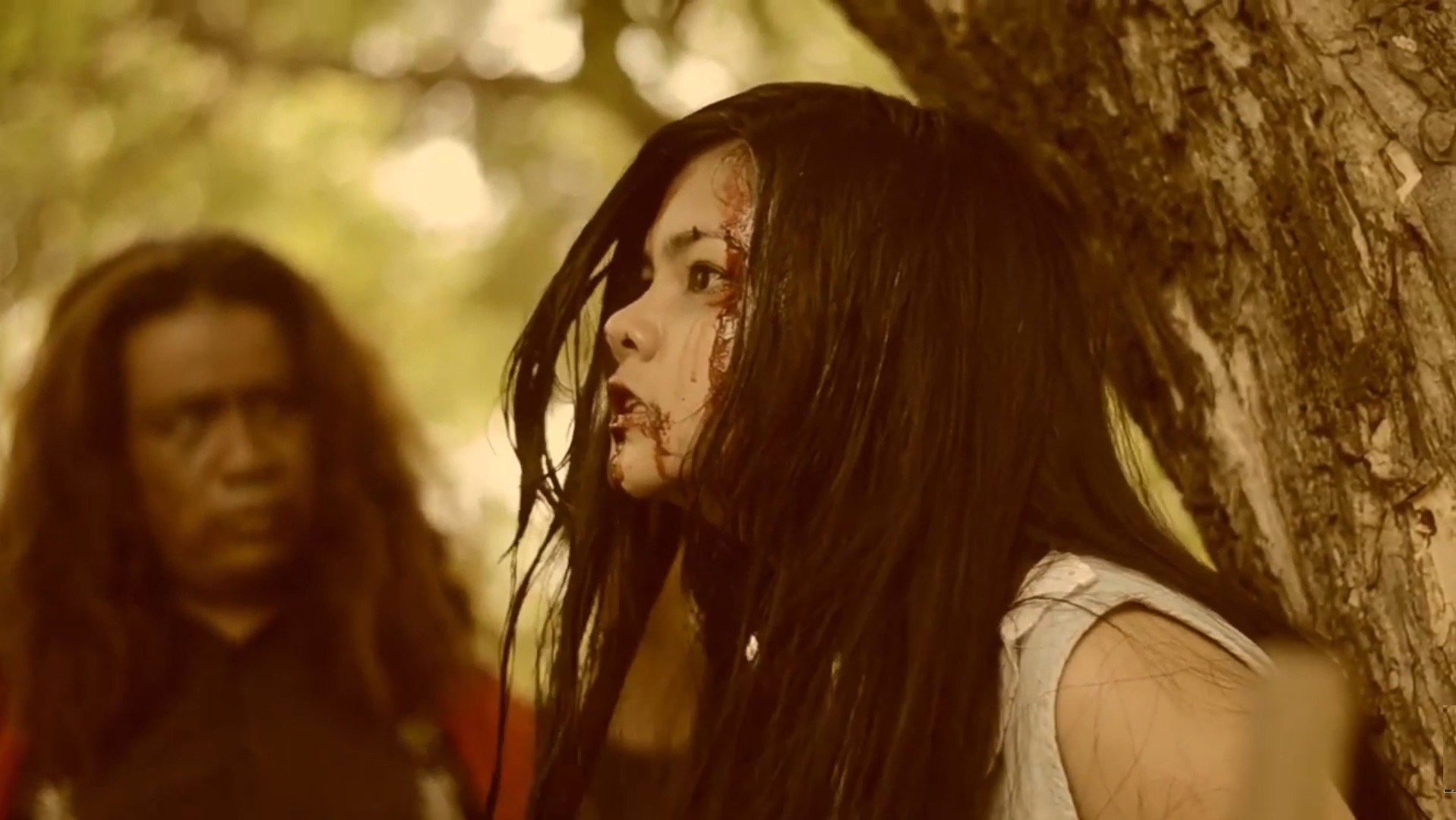
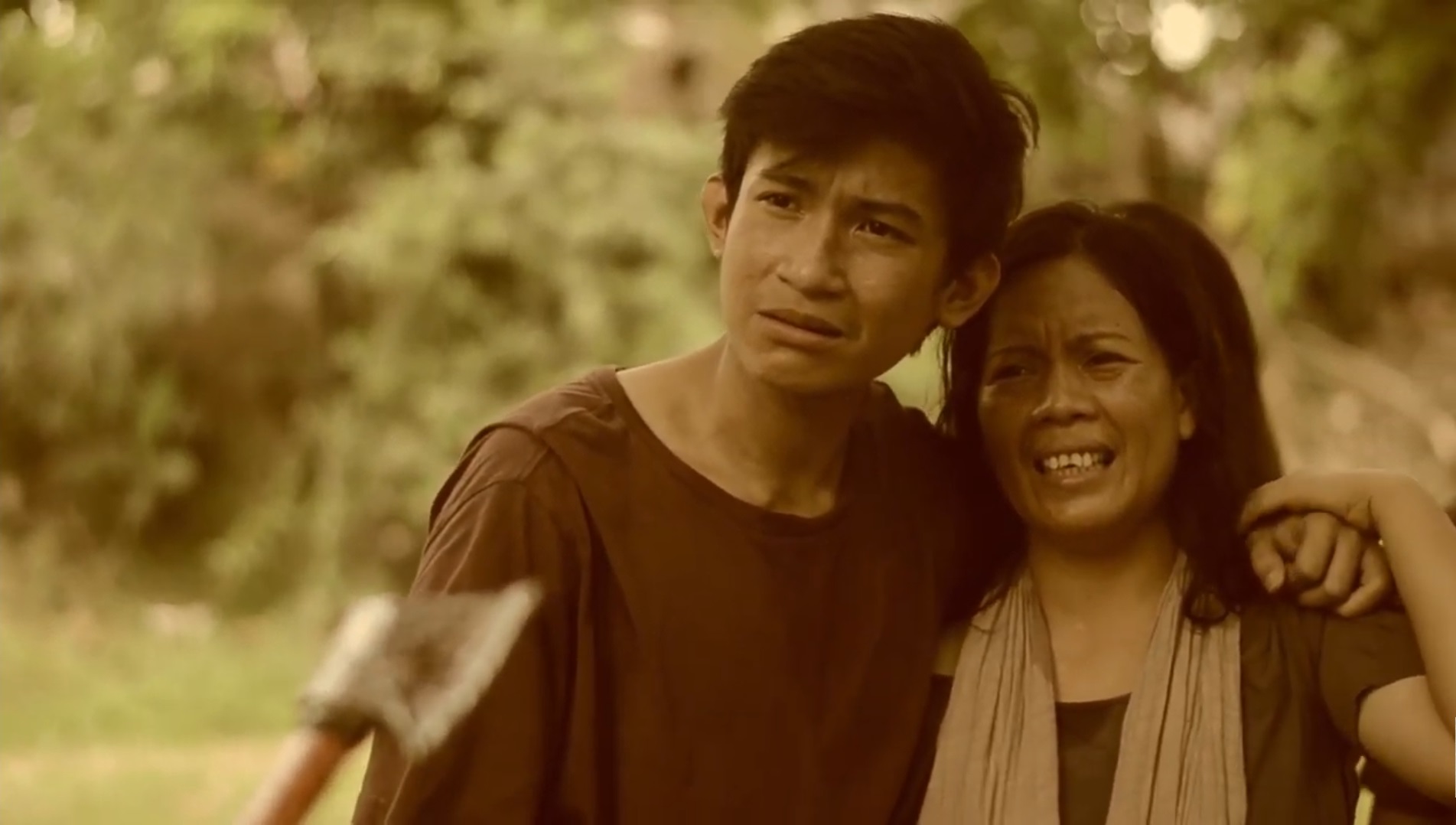
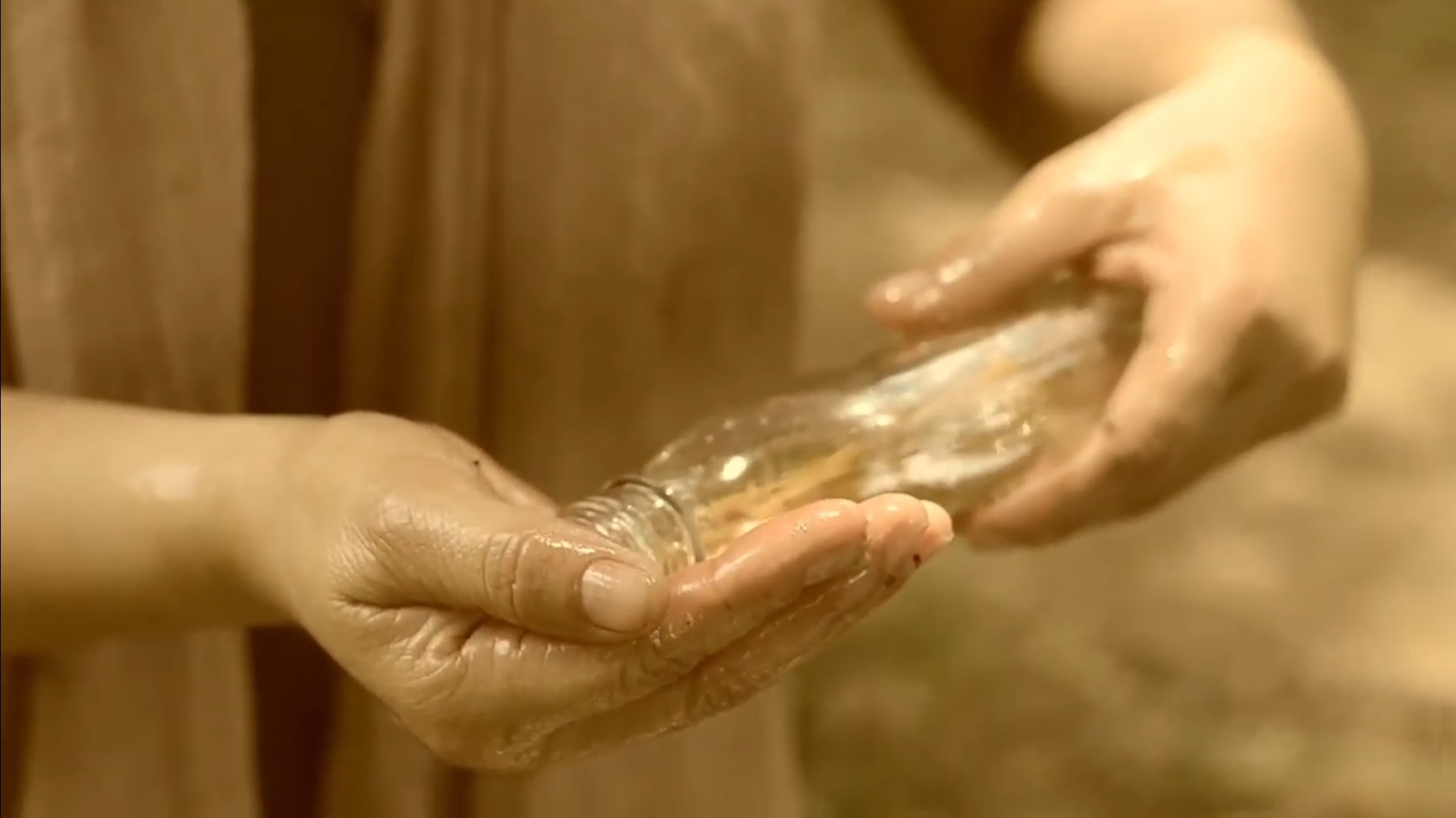
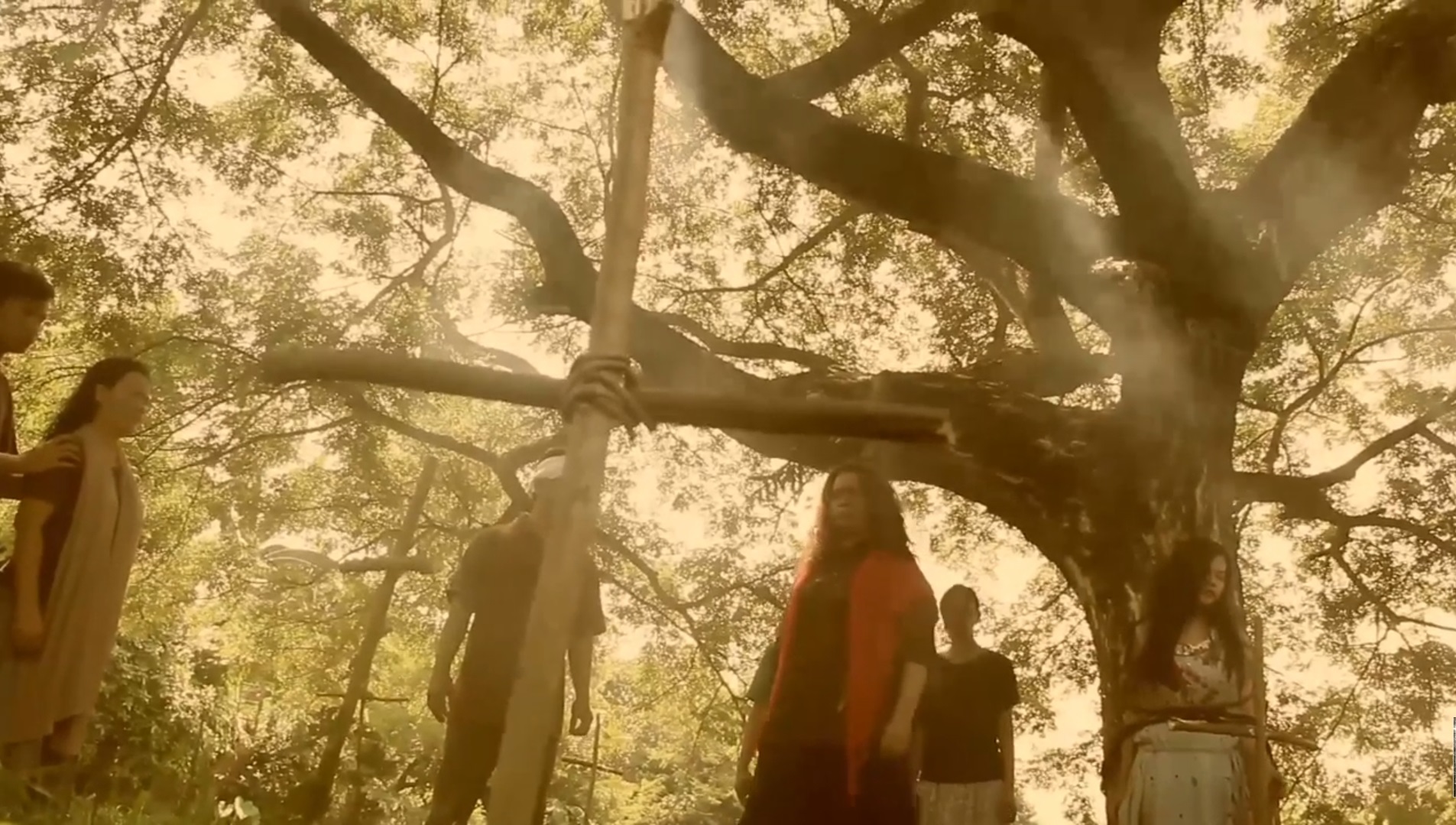
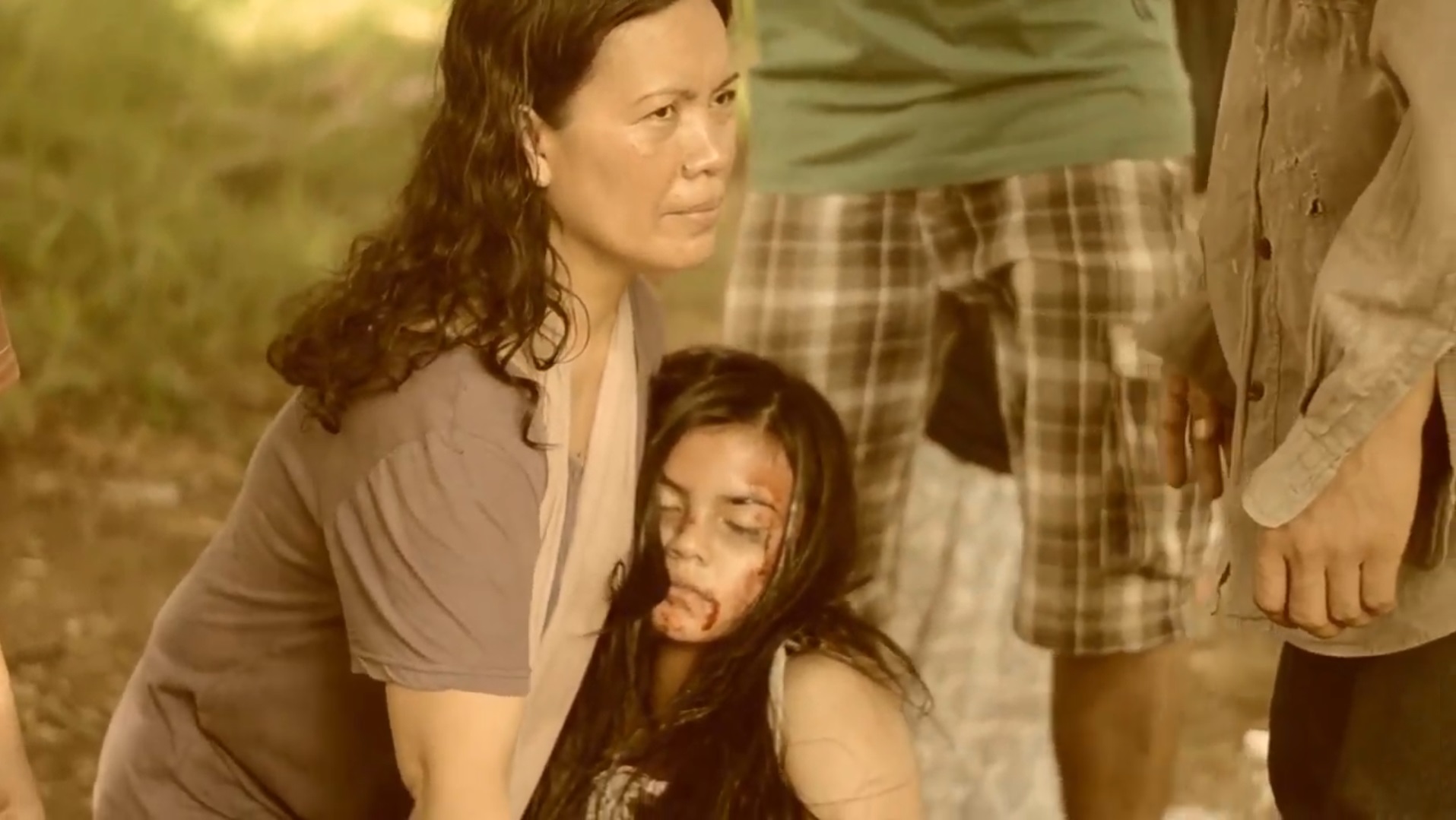
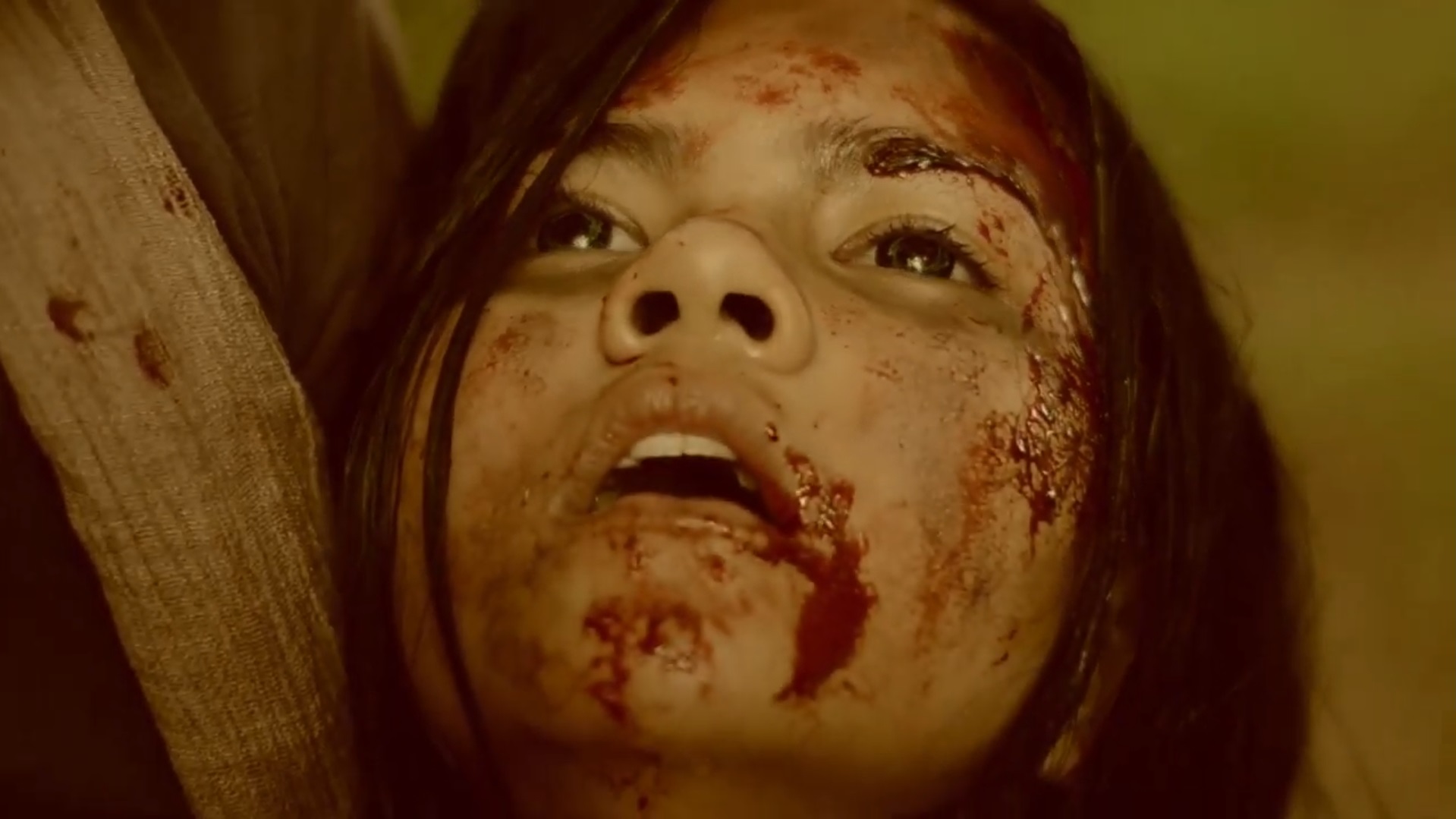
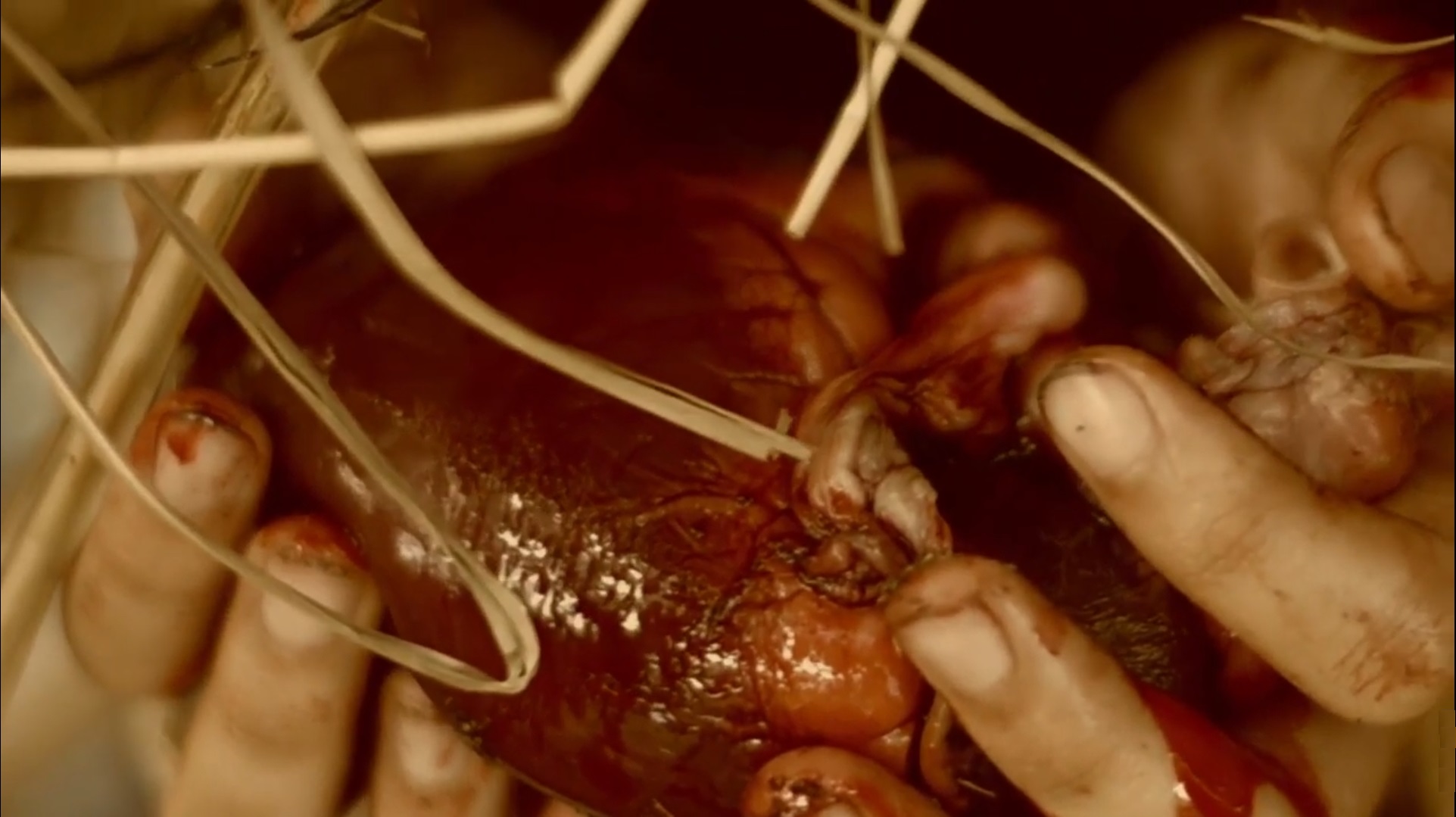

Rocket Rating – 10
Chris Rennirt (the author of this review) is a movie critic and writer in Louisville, Kentucky, as well as editor in chief at Space Jockey Reviews. He has been a judge at many film festivals, including Macabre Faire Film Festival and Crimson Screen Film Fest, and he attends horror and sci-fi conventions often. Chris’ movie reviews, articles, and interviews are published regularly on Space Jockey Reviews and in Effective Magazine. His mission statement (describing his goals as a movie critic and philosophy for review writing) can be found on the “Mission” page, here at SJR. For more information about Chris Rennirt (including contact details, publicity photos, and more), click here.
You may also like these!
